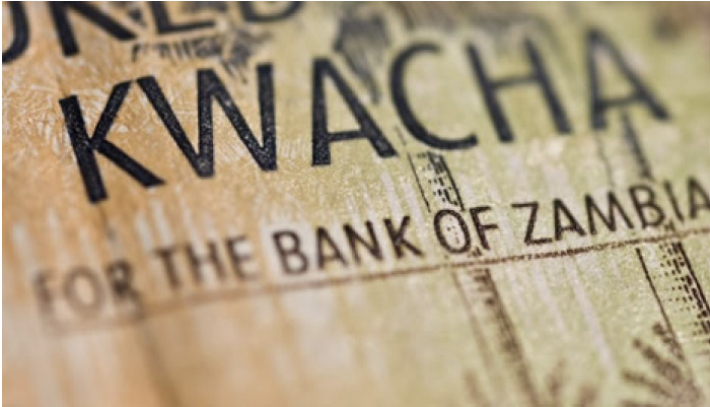The Capital Asset Pricing Model (CAPM) has historically taught that government securities are risk free assets, the implications being when investors lock up liquidity for a specified duration, they expect a guaranteed return. This looked at in totality with any country being ‘AAA’ rated for its own paper ideally makes default a far- fetched fallacy. However, with the ballooning of debt in Africa and globally, structural issues have mushroomed posing a very unique set of fiscal challenges which are in turn drying up liquidity in money markets. In some jurisdictions, central banks are being burdened with correcting fiscal imbalances. Balance sheet vulnerabilities have led to more sovereign downgrades than upgrades making government paper unattractive to investors. Risk premiums remain fairly high as compensation for sovereign risks.
Persistent Structural Issues. Structural issues in Africa’s red metal hotspot, Zambia, have persisted for a while exacerbated by infrastructure spend through debt contraction. This has led to increased debt service in dollar terms which has weighed the exchange rate and depleted foreign exchange reserves to the weakest in decades. Zambia’s external debt in 2019, rose $1.15billion to $11.2billion while domestic debt in outstanding treasury assets stands at K80.3billion. We don’t worry so much about outstanding treasury assets as every jurisdiction in the world takes on additional debt to be serviced through further sales. However the concern this time is a rise in outstanding bills at a rate faster than that of gross domestic product growth rate. Domestic arrears (ex. Value added tax) jumped to K26.2billion representing liquidity the real sector of the economy is deprived of. Fiscal deficit ebbed higher to 8.3% in cash terms as a consequence breaching the 6.5% target.
Higher Premiums on Sovereign Paper. Because growth has suppressed to below 2% levels compounded by autopsy effects of energy challenges adding a layer of pressure on feeble fiscal posture, the money and currency market pricing levels have elevated significantly. Today 1-year treasury yields are paying 29.24% while 5-year government securities yield 33%. The curve elevation reflects the government expenditure pattern to the extent that the steepness signals widening appetite for funding. However undersubscriptions are a sign of funding gaps. (Gap = auction offer – auction amount allocated).
Read also: S&P downgrades Zambia’s sovereign rating to ‘CCC’ from ‘CCC+’ on rising debt service risks
Lowered Credit Assessments. Credit rating agencies such as Standards and Poor’s have lowered Zambia’s credit Long Term Issuer Rating (LTIR) assessment to CCC (-ve outlook) from CCC+(stable outlook) while Fitch and Moody’s peg the copper producers sovereign posture at Caa2 and CCC respectively citing balance sheet vulnerabilities and actualising risks to growth. Liquidity continues to be a challenge as the central bank goes into private placements which are outside the treasury auction calendar distorting the curve. Sources close to the matter confirm that the central bank has appetite for roll overs for maturities falling due which is believed to be an early warning indicator for liquidity stress. This for analysts signals the genesis of risk in risk – free assets. Because of liquidity concerns and credit rating implications, holding Zambian paper is attracting credit provisioning according to International Financial Reporting Standards (IFRS9).
Stale Inventory. It is fast becoming harder to exit trading positions in government bonds due to unattractiveness of paper while shorter dated assets are held to maturity. There is however a general skew towards shorter dated higher yielding assets than lengthened duration, a theme that was observed in the whole of 2019.
Read also: A look into how treasury bills outperformed the bond market in 2019
Treasury auction low subscription rates remain a key concern for not only government funding using domestic money markets but also from a maturity funding perspective. Despite sovereigns being triple A rated for their own paper, Kwacha assets are slowly become risky.
The Kwacha Arbitrageur

